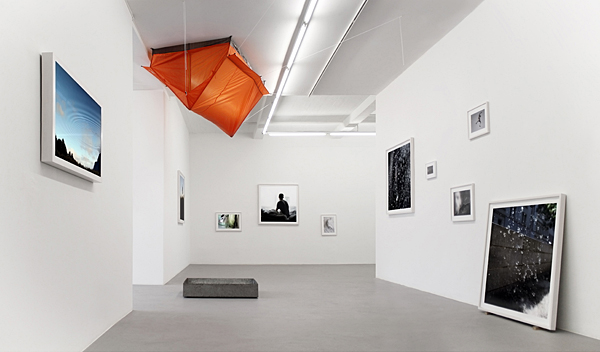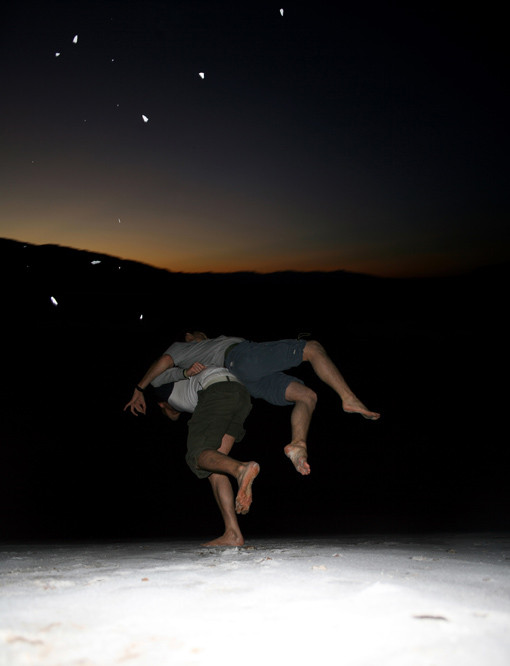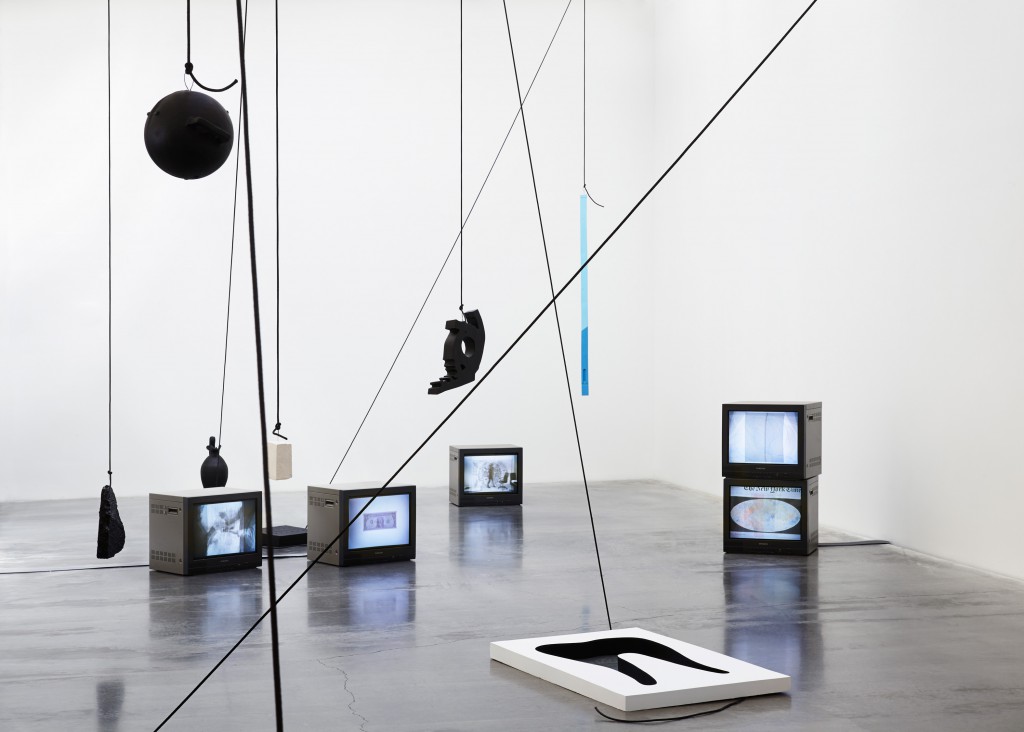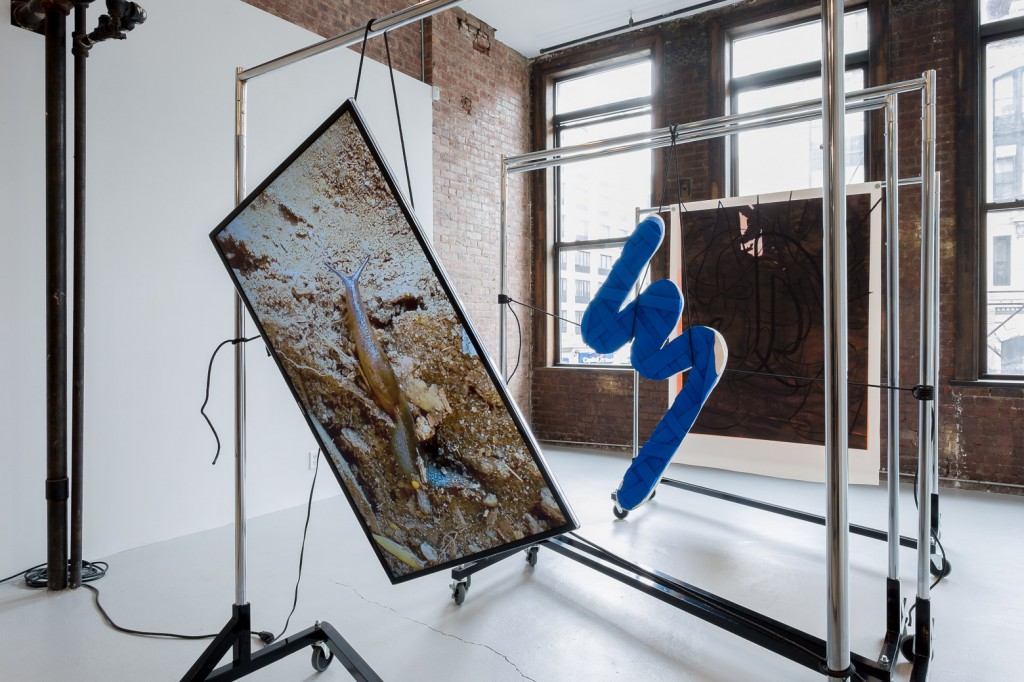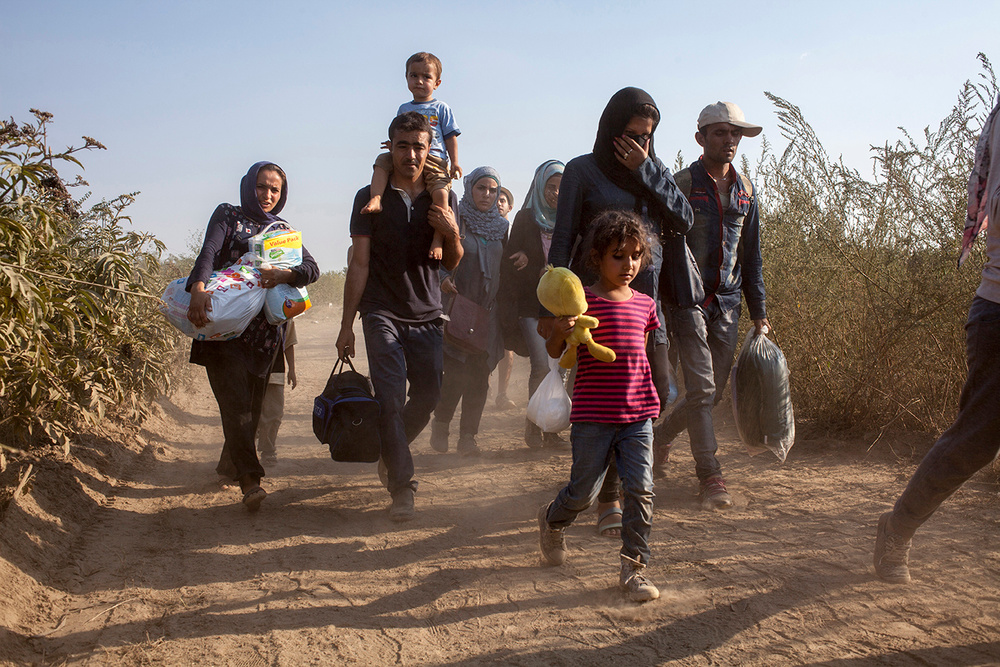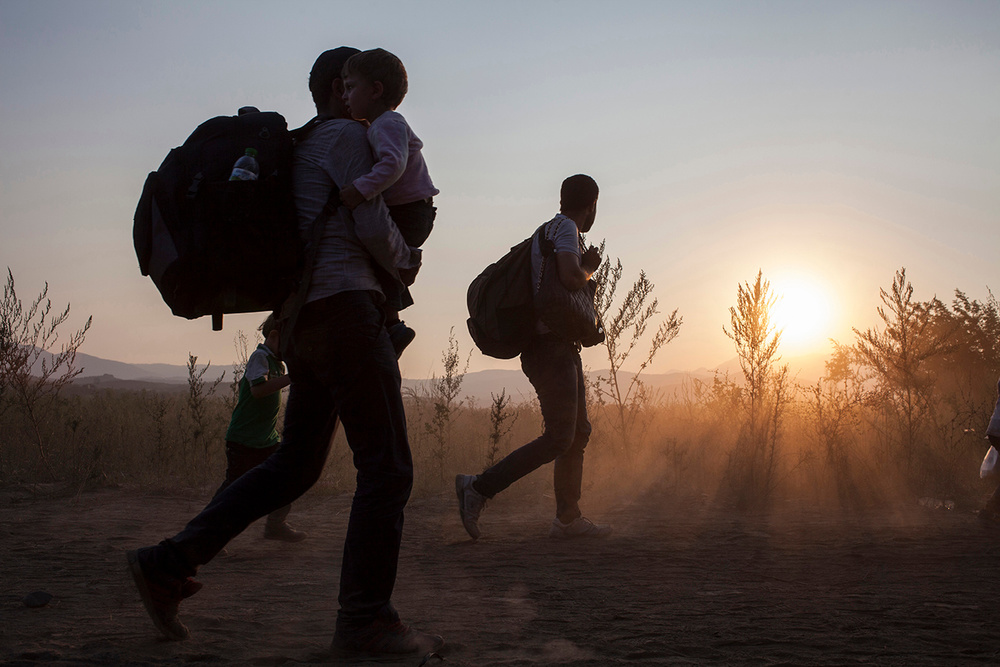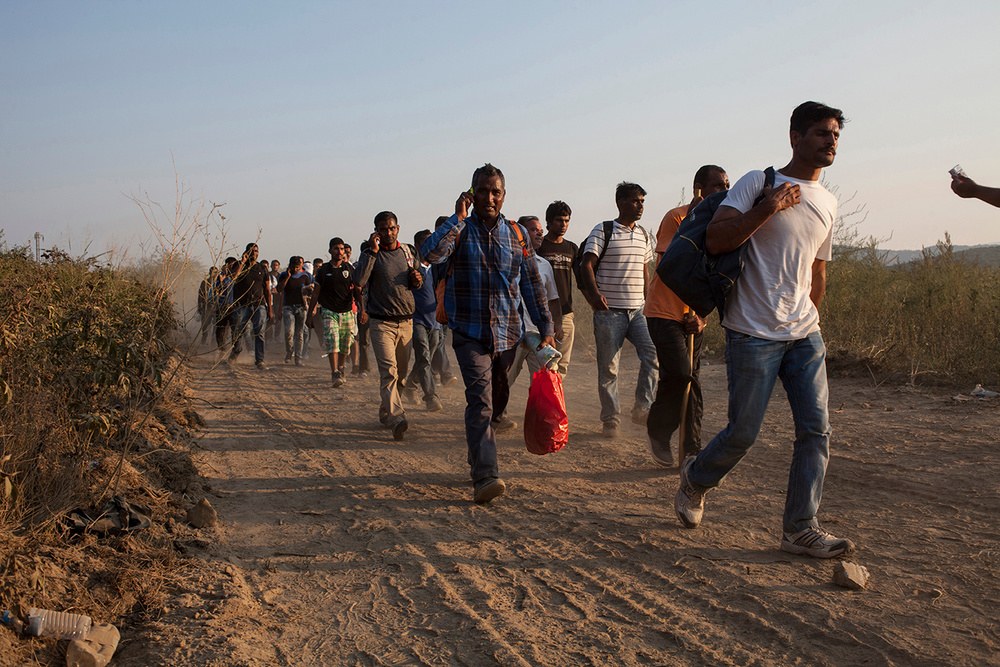Sascha Weidner, Am Wasser Gebaut, 2009, Lay Down Close By, 2012 and La lutte de J. Avec l´ange, 2006.
Sascha Weidner was a German Photographer and Artist, who lived and worked in Belm and Berlin. The work of Sascha Weidner deals with the creation of a radical subjective pictorial world. His photographs are characterized by perceptions, aspirations and the world of the subconscious. His work has been exhibited and published internationally. Sascha Weidner died suddenly at age 38.
“It’s not about putting pictures on the wall. I use the room to tell my story, to create a theme, a storyline, underlined by a romantic melancholy. It’s totally authentic, like I am. A lot of times, it’s also too much, like I am. Feeling too much and speaking too much.”
In his essay ‘What Is the Contemporary?’ the Italian philosopher Giorgio Agamben argues that contemporaneity is defined not by being attuned to one’s times but, on the contrary, by being disconnected and out of touch. For Agamben, the contemporary is precisely that which contrasts with the present so sharply that the latter’s contours become visible. I was reminded of Agamben’s thesis when visiting Sascha Weidner’s exhibition, ‘The Presence of Absence’. The show presented a wide variety of media and topics, ranging from photographs taken in a forest in Japan to sculptures referencing a family in Germany. There were also light-boxes and collages, pictures of graffiti and cherry blossoms. What connected each of the works, however, as the exhibition’s title made clear, was a concern with developing procedures to envision the invisible and the attempt to find traces of the past in the present.
Central to the exhibition was a series of photographs Weidner shot while hiking in Aokigahara, a forest at the base of Mount Fuji in Japan. Rumoured to be so dense that no one who enters it ever leaves, it has long been the subject of Japanese mythology, inspiring folk tales, as well as appearing in modern literature, including a novel by Haruki Murakami. It is also a prime spot for suicides. Weidner followed the paths of people who entered before him, documenting traces of the journeys of those whose travels went unnoticed. Many of these photographs were sparsely and unevenly illuminated, reflecting the maze-like density of the forest, as well as alluding to the frail spirit of the wanderers. They included images of the ribbons people attach to branches every few metres in case they change their minds and want to retrace their path (Atropos II, 2013); bits of rope and plastic left to rot (Untitled, 2014); crushed red berries in the snow (Untitled, 2014); and the shadows of trees (Untitled, 2013). The idea was simple (sort of old-school Existentialism, in fact) and the execution expertly straightforward (some Romanticism here, some Pictorialism there). Yet, by showing both what Weidner’s predecessors on these paths might have seen and, at the same time, documenting what remains to be seen of them, the work was incredibly powerful – and, perhaps above all, complex – creating a mythological emotional territory of very real terror. Indeed, the closest parallel I could think of was Joshua Oppenheimer’s documentary film about the Indonesian mass executions in the 1960s, The Act of Killing (2012).
The works in the show all articulated the presence of an absence by providing the contours of that absence, the ghosts of a past. In the moving looped video The Presence of Absence II (2014), a Chinese man dances a waltz on his own, his arms wrapped around an invisible woman (whose bag may still be visible in the margins of the screen). And the series of collages titled ‘Ecken’ (2014) features photo corners that no longer secure any photos, now functionless, they inevitably recall their prior use. They call to mind the notes that the elderly Immanuel Kant used to try to drive a particular person from his memory, writing: ‘The name Lampe must be completely forgotten’ – a method that was, of course, entirely self-defeating.
Weidner’s exhibition proved itself contemporary – in a time of simulacra and algorithms, of Post-internet art and Ulrich Beck’s ‘risk society’ – by sincerely reintroducing the ‘real’, retracing it as if it were still out there, an invisible thread to be revealed and unravelled. Of course, the artist understands that, after Jean Baudrillard and the post-structuralists, the ‘real’ is no longer an unproblematic register if, indeed, it ever was. But it can be experienced nevertheless, he seemed to suggest, as an affective performance. Weidner’s photographs and collages, his video of the dancing man: they all perform reality as mourning, an acting-out of the present by way of a script from the past, looking forward while feeling backwards. In this, they are a performance of contemporaneity itself – precisely in the way described by Agamben, connecting to the present by not being of it.
Written by Timotheus Vermeulen, published in Frieze, Issue 169, March 2015.

